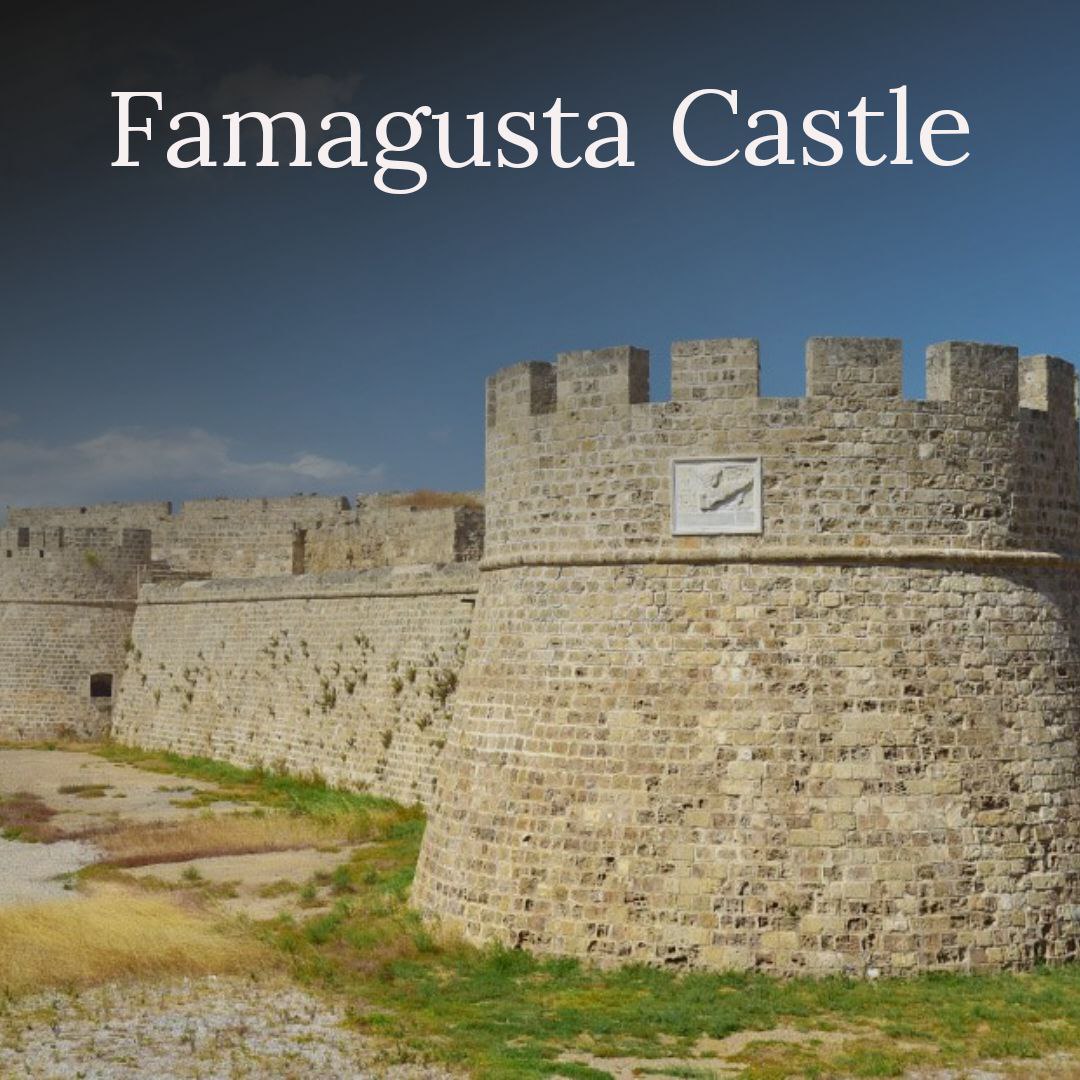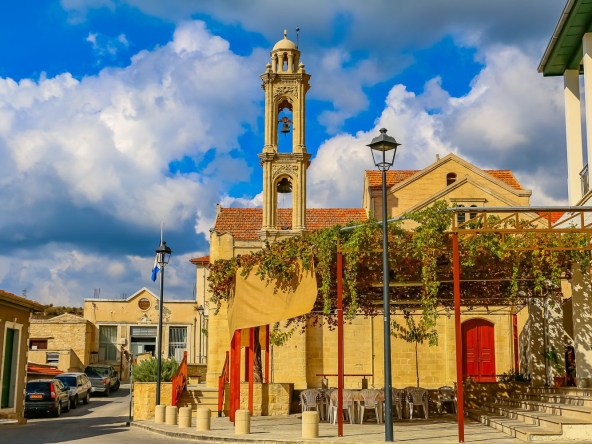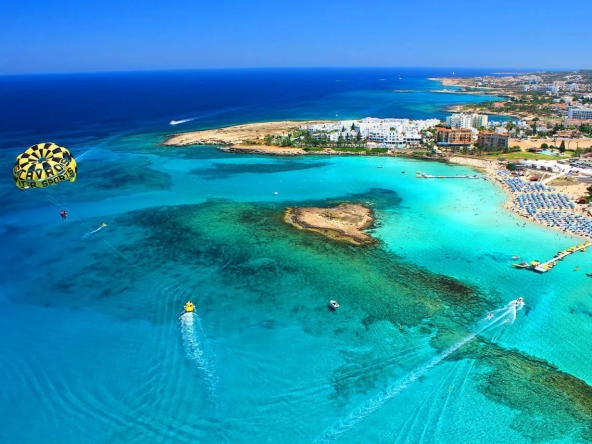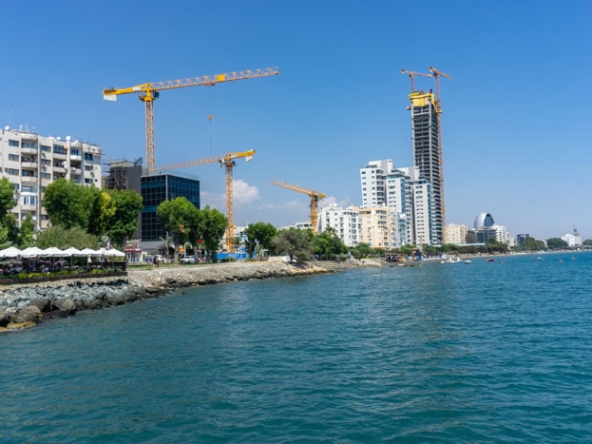Othello’s Tower and other features of Famagusta Castle
The city of Famagusta (currently located in the unrecognized “Turkish Republic of Northern Cyprus”) has preserved numerous buildings from the Middle Ages and the Venetian period in Cyprus to this day. ????
One of the most important historical landmarks is Famagusta Castle and the so-called Othello’s Tower. It is believed that during the Byzantine rule in Cyprus, Famagusta already had fortifications, although much more modest. The Lusignans completely demolished them to build new ones. Further construction work took place under the Venetians from 1540 to 1570. The walls of Famagusta were so strong that it took the Turks a year to capture the city. They were only able to do so because the defenders of Famagusta ran out of food and water.
⠀
The castle surrounds an area of approximately 490 hectares: the historical center of Famagusta, from which the city has long since grown. The main purpose of the fortifications was to protect Famagusta’s port, to which the castle adjoins on its eastern wall.
The current walls are the result of the work of military engineers from the 16th century. The walls stretch for 3.5 km. The average height is 15 meters, and the average width is four meters. In some places, the width reaches six meters.
⠀
Famagusta Castle has two gates: the Sea Gate (facing the sea) and the Land Gate, or Limassol Gate, which served as the only entrance to the castle from the land.
Famagusta Castle has 10 bastions. The most powerful ones are the Martinego and Ravelin bastions. Smaller bastions include Camposanto, Andreuzzi, Santa Napa, Diocares, Moratto, Pulecaccaro, Santa Luca, and Del Mozzo. There are three towers: Diamantino, Signoria, and the Arsenal Tower, where some of the bloodiest battles took place during the siege of Famagusta by the Turks.
⠀
The fortifications of Famagusta have their own “acropolis,” a small fort with its own moat incorporated into the castle’s plan. This is the so-called Othello’s Tower. It is a rectangular castle with four round towers at the corners. The fortification was built in the 14th century.
⠀
Othello, the hero of Shakespeare’s play of the same name, is a literary character. It is believed that he was based on Christopher Moro, the vice-governor of Famagusta from 1506 to 1508.




